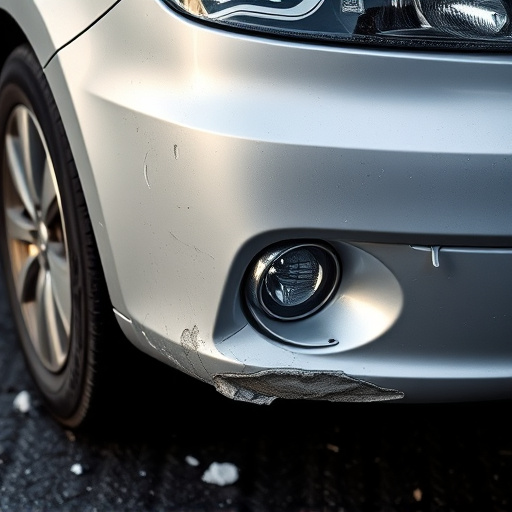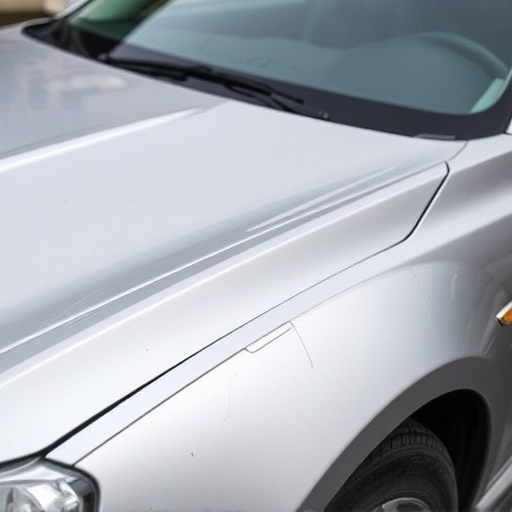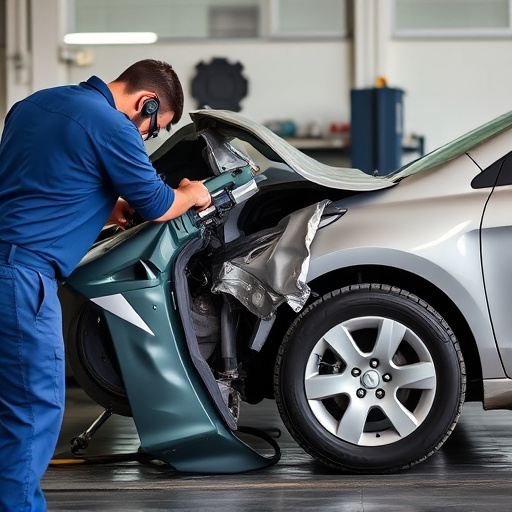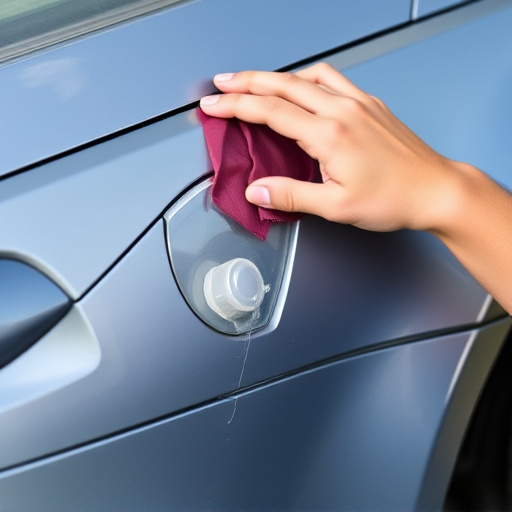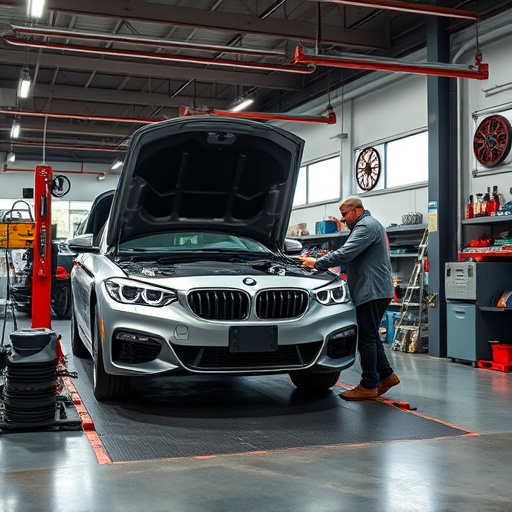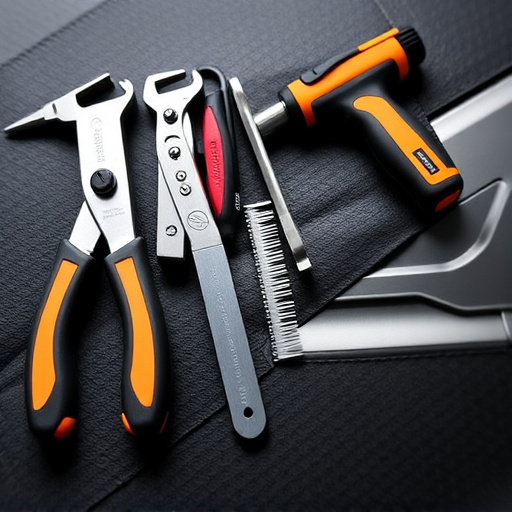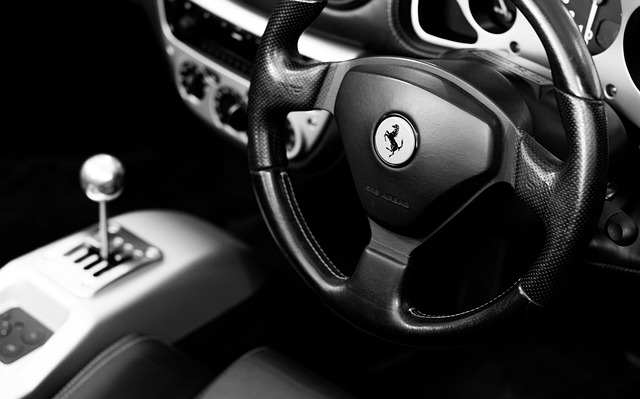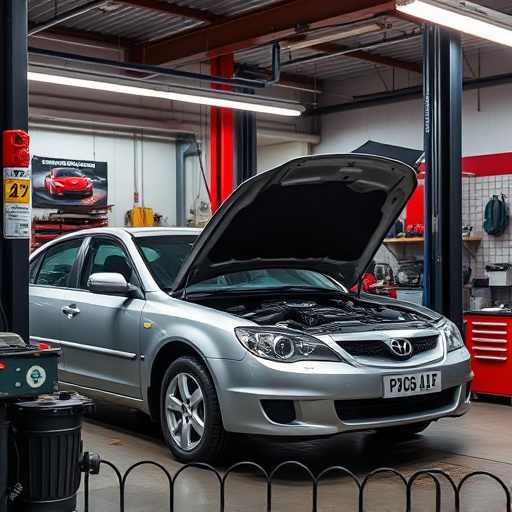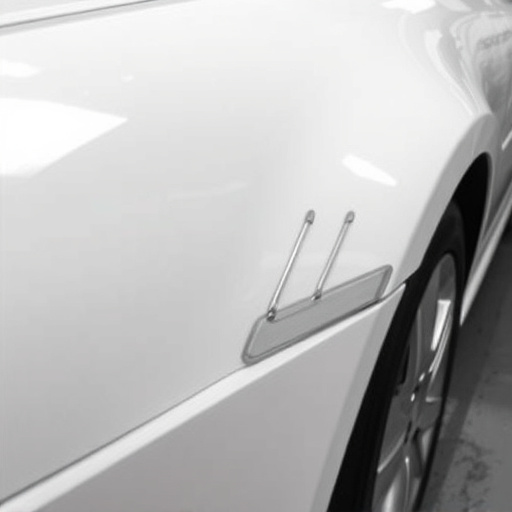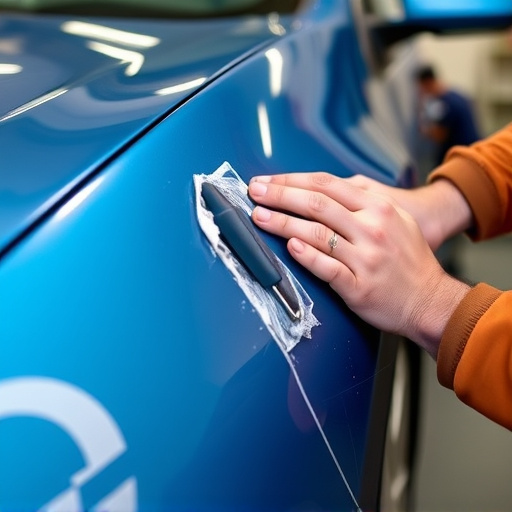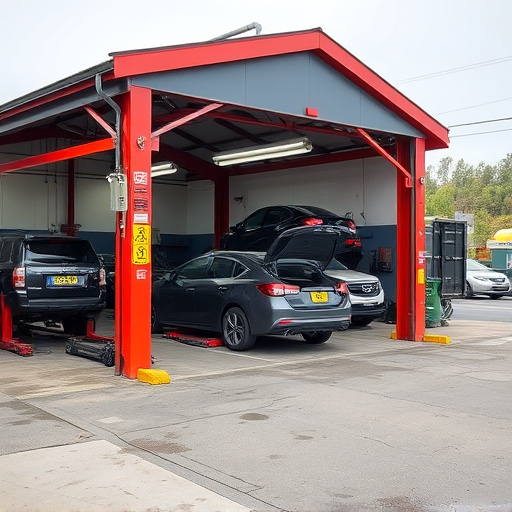Proper preparation, including cleaning, sanding, and using the right materials, is crucial for successful plastic panel repair or replacement, ensuring paint adhesion and a flawless finish. Choosing durable automotive paint and application techniques like spray guns or brushes, along with priming, guarantees a seamless end result. Final touches involve meticulous inspection, fine-grit sandpaper adjustments, and durability testing to seamlessly integrate repaired panels into the vehicle's body, enhancing both aesthetics and structural integrity.
After a plastic panel repair or replacement, achieving a flawless finish requires careful preparation and expert painting techniques. This article guides you through best practices for painting plastic panels, ensuring long-lasting results. From surface readiness to choosing the right paint and application methods, we cover everything. Learn how to perform final touches and conduct quality assurance checks to transform your repaired panel into a seamless, high-quality component.
- Preparation and Surface Readiness for Painting
- Choosing the Right Paint and Application Techniques
- Final Touches and Quality Assurance Checks
Preparation and Surface Readiness for Painting

After successfully conducting plastic panel repair or replacement on your vehicle—be it a meticulous Mercedes-Benz repair or any other auto repair service—ensuring proper preparation and surface readiness is paramount before painting. This crucial step involves thoroughly cleaning the repaired area to remove any grease, dust, or debris that might hinder an even paint job. A dedicated prep solution designed for plastic can effectively strip away contaminants, leaving the surface pristine.
Additionally, sanding the area lightly with fine-grit sandpaper helps create a rough texture that allows the new paint to bond better. This process complements auto repair services aimed at achieving a flawless finish. It’s essential to choose the right tools and materials for this stage to prevent damaging the recently repaired panel, ensuring it’s ready for painting without any visible imperfections or residual marks from car scratch repair.
Choosing the Right Paint and Application Techniques

When it comes to painting after plastic panel repair or replacement, selecting the appropriate paint and application techniques is paramount. The first step involves choosing a paint that matches the original specifications of the vehicle, whether it’s a car body repair or general auto repair shop work. This ensures not just aesthetic harmony but also structural integrity, as compatible paints bond better with surfaces.
For optimal results in plastic panel repair, consider using specialized automotive paints designed for durability and flexibility. These formulations cater to the unique characteristics of plastic, preventing chipping, fading, or cracking over time. Application techniques should be tailored accordingly; for instance, using a spray gun for even coverage or employing a brush for intricate details. Proper preparation, including surface cleaning and priming, is key to achieving a seamless finish that complements the restored panel, whether it’s part of a bustling car body repair or meticulous plastic panel replacement job.
Final Touches and Quality Assurance Checks

After completing the plastic panel repair replacement, it’s crucial to invest time in meticulous final touches and quality assurance checks. This includes thoroughly inspecting every detail of the repaired area under various lighting conditions to ensure seamless integration with the existing vehicle parts. Any visible gaps or imperfections should be addressed using fine-grit sandpaper for a smooth finish before painting.
Performing final touches also involves testing the paint job’s durability and resistance to chipping or fading, especially in areas prone to damage during auto frame repair or automotive collision repair processes. This step guarantees that the vehicle restoration is of the highest quality, ensuring the newly repaired plastic panels blend seamlessly with the rest of the car’s body, enhancing both aesthetics and structural integrity.
After completing your plastic panel repair or replacement, ensuring a smooth and durable finish is crucial. This involves meticulously preparing the surface, selecting the appropriate paint for the job, and employing effective application techniques. By adhering to these best practices, you can achieve not only an aesthetically pleasing result but also enhance the longevity of your repaired panels, making them look as good as new in no time.


